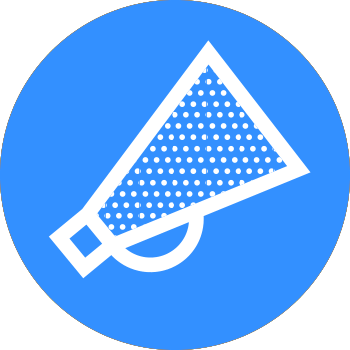Developing Your Pricing Strategy
A comprehensive pricing strategy is critical in capturing and defending market share. By establishing differentiated pricing strategy for your offerings based on customer priorities, a company can sell expand its customer base, increase customer satisfaction and revenues. The most effective strategies for price differentiation include:
Temporal Tiering
Changes in customer demand are not random. Most companies do the majority of their business during a certain section of the day (or week), and this is largely the result of customer scheduling constraints. By offering discounts during times of low-demand, you can cater to price-sensitive customers to improve awareness without degrading the profitability of your current customers won’t be able to take advantage of it. Thus, you’ll gain revenue from new customers without sacrificing revenue from old ones.
Since consumer preferences also vary by time of year, you can offer discounts on a seasonal basis. This is why tax preparation software companies so often offer bargain basement prices to customers who buy their software in February but gradually raise the price as it gets closer to mid-April. Customers who make a point to get their taxes done ahead of time can take advantage of the discount, but most other customers will wait until closer to tax day, ensuring that the companies will still sell plenty of software at full price. Conversely, offering discounts during periods of high seasonality may be necessary to defend your market share such as back to school season for PCs, software, school supplies, and clothing.
Volume Discounts
Another effective discounting strategy is to lower unit prices as the purchase volume increases. Volume discounts can help ensure that your most loyal customers receive a relative decrease in unit price as they increase their spend with you. This will attract consumers who seek long-term savings but won’t affect the habits of transactional customers who only buy your product for immediate use. This is an effective strategy for selling services and non-perishable goods, as there is no disadvantage to buying such goods in bulk and using them over time.
B2B SaaS companies use volume discounts to expand adoption across an organization. You can establish baseline prices for individuals to use your software but then create various “business packages” to appeal to businesses of varying sizes. Businesses that buy it for 3 employees receive a 10% discount, and if they license for 10 employees, they receive an increasing per license discount.
Driving Conversion
Discounts need not only appeal to prospective customers. You can also use them to upsell and cross-sell current customers. Consider a software publisher that provides both word processing and tax accounting products. When customers download or subscribe to its word processing software, the company offers a discount to or a free trial of its tax accounting software during checkout. This may encourage customers to buy its tax software during the off-season, pushing the competition in the tax category aside.
Another trick is to offer customers a simple, or lite, version of a product with a clearly defined upgrade strategy to upsell customers to an advanced set of features. Using the word processing software example above. Using the word processing software example above, rather than offering a discounted version of its tax software, the company can offer a free basic version of its offer such as a 1040EZ filing. The customer can be sent to an upgrade path once he or she has indicated that additional support is needed. The company can offer a more advanced version or additional services or support for a small additional fee, convincing the customer to spend more money than he or she had originally intended.
You can increase conversion rates and revenue per transaction through bundling by allowing consumers to buy multiple products together at a lower price than they would have paid if you had sold them separately. Say you sell language learning software, charging $30 for the beginner’s program and $40 for the intermediate program. You can get more customers to buy the intermediate program by offering the two together for only $60. Amazon uses this strategy effectively when selling items such as books, music, and accessories.
The strategies above are just the tip of the iceberg. As always, set your hypotheses and test, test, test. However, as you set your test strategy, keep in mind that it is harder to raise than it is to lower price.
Sources:
http://www.businessweek.com/smallbiz/tips/archives/2010/03/pricing_strateg_1.htmlhttps://hbr.org/2013/02/why-good-better-best-prices-are-so-effectivehttps://hbr.org/2012/03/living-differentiationhttp://www.forbes.com/sites/hbsworkingknowledge/2014/02/24/six-myths-about-customer-loyalty-programs/http://www.forbes.com/2007/10/11/apple-duane-reade-ent-sales-cx_kw_1011whartonpricing.htmlhttp://hbswk.hbs.edu/item/6814.htmlhttps://hbr.org/2012/12/the-dark-side-of-cross-sellinghttp://www.cleverbridge.com/corporate/3-ways-to-improve-cross-sells-and-up-sells-conversion-rates/
